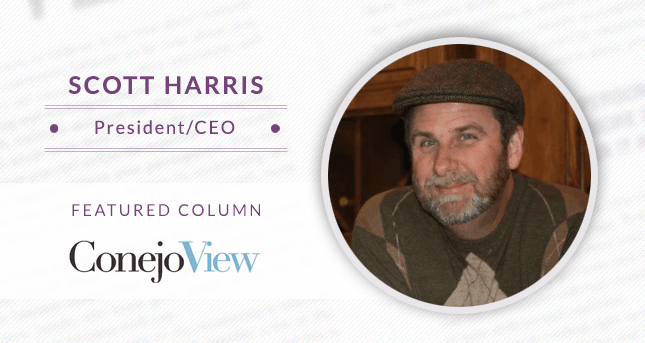
I was recently invited to speak to a group of community leaders on the subject of “Personal PR,” which I accepted, as I rarely turn down an opportunity that includes an audience and a microphone. Hopefully by the end of this article, you’ll see why.
The first thing I did at the event was share with the group that the title of the speech should have been “Personal Branding,” not “Personal PR”–because putting yourself out there establishes yourself as your own brand, and that extends beyond the press releases and media coverage that traditionally comes with public relations.
“I don’t care what they say about me, just make sure they spell my name right!” There are many variations and attributions to this famous quote. There was also a time when it could be argued that it was true–but it isn’t true today. The days when news reporters felt a sense of decorum or obligation to protect individuals’ reputations has long since passed. News cycles have been compressed, news outlets have grown exponentially, and social media, websites and blogs masquerading as news outlets are now pervasive in our world.
This means that both the benefits and damage that can result from publicity have been magnified and, at the same time, have become impossible to control. Managing our personal brand–and our reputation–is more difficult and far more important than it has ever been.
Allow me to define “personal brand” (PB), starting with what it is not. It is not what you know, or believe, to be true about yourself. It is simply what your community believes to be true about you. These community views are sometimes fair, often inaccurate, and always worth monitoring and working to improve.
How do we establish, maintain and grow our PB? The first step is acknowledging that it needs to be done and that it’s your responsibility. That doesn’t mean you can’t utilize the expertise of an outside PR firm, but it won’t happen without your participation. The next step is to determine what you want to achieve by establishing and growing your PB. What is it that you want to do better with, more of or simplify?
For many, if not most, a primary objective is to increase business. This is especially true of those of us in service industries, where so much of our business results from our reputation and word of mouth–the more people who know good things about you, the more likely they will do business with you.
You will also need to establish who in the community is relevant to the growth and success of your PB. Pull together a list of the various groups who can help you achieve that growth–and this is a more specific and even personal list. It may include employees, shareholders, media personnel, government officials, clients, prospects, vendors and/or competitors. Join or establish networking groups. Join your industry associations. Attend the meetings. Better yet, host them.
Once you know what you want to achieve with your PB, and who can help you achieve it, you’ve got to get yourself out there. “Out there” refers to any number of mediums, plentiful and varied within our community alone. You can certainly write and distribute press releases to news outlets, as well as industry-specific sources. These can be career milestones, recent accomplishments, awards, etc. A simple rule of thumb is: If you’d be interested in reading this information about a peer, then send it about yourself.
But traditional PR isn’t the only outlet. Speak to local colleges, industry association meetings, rotary clubs, chamber meetings, Kiwanis–whatever best suits your goals. Like anything else, the more speaking engagements you do, the better you will become, and the invitations will start coming in from those who have heard of your abilities and expertise.
What you’re reading right now is part of my PB program. I was asked to write this column and I was happy to do so–not only because I enjoy it, but, frankly, because it’s good for my PB. If you’re not a great writer, ask someone to teach you, hire a PR firm or use someone on your staff. But get your ideas and your name out there.
At the same time, you can enhance your brand one-on-one. Select key individuals you’ve identified and ask to spend time with them. Have a purpose for the meeting even if it’s as simple as saying, “We run in the same circles and I think it would be great to get to know each other a bit better.”